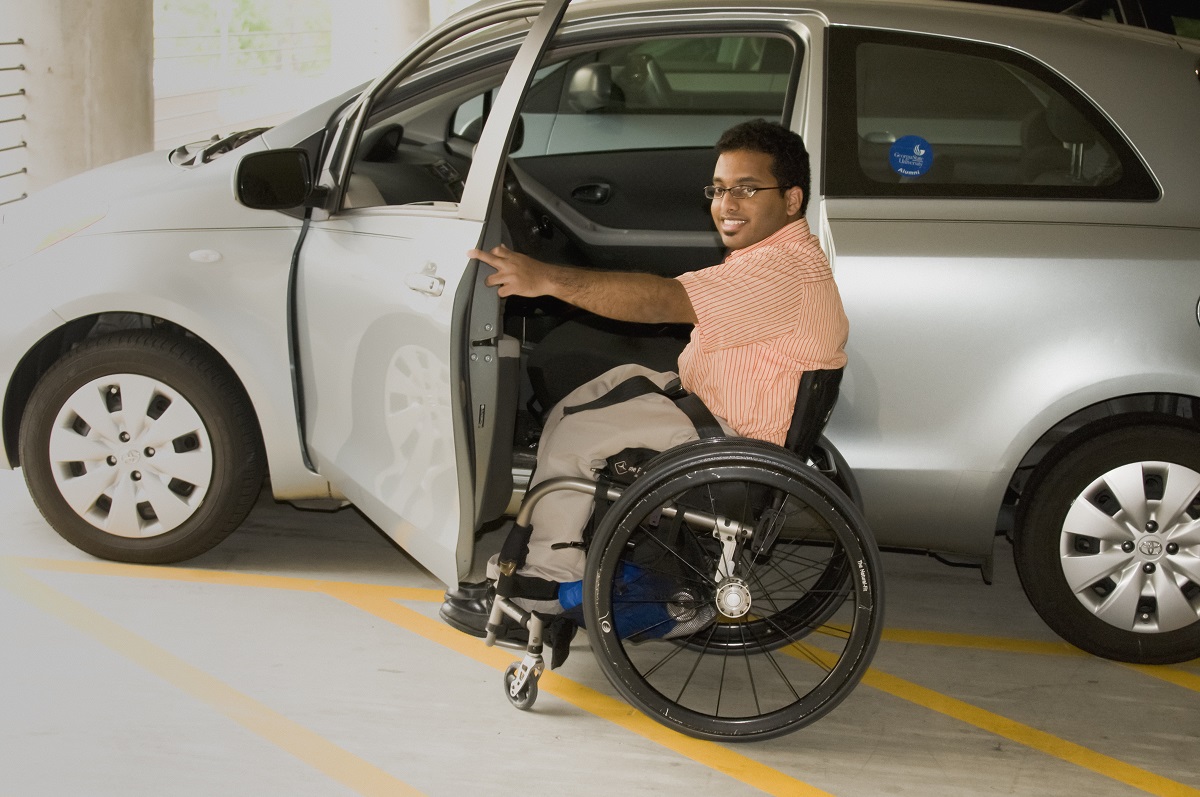Easing The Journey: How Handicap Parking Can Improve Mobility For US Citizens

Mobility is a fundamental aspect of modern life, enabling individuals to access essential services, engage in social activities, and pursue their daily routines. For millions of Americans with disabilities, however, mobility can be a significant challenge. In the United States, handicap parking spaces play a crucial role in improving the mobility of citizens with disabilities. These designated spaces provide a range of benefits, not only to those who need them but also to society as a whole.
In this article, we will explore the importance of handicap parking spaces and how they can significantly improve mobility for US citizens with disabilities. Whether you’ve been considering getting a Missouri handicap parking tag or want to learn more about Alaska handicap parking permit application, we’ve got a general overview of the benefits of disabled parking across all US states!
Accessible Parking: A Lifeline for Many
Handicap parking spaces are a vital resource for individuals with disabilities. These spaces are strategically located in parking lots and garages to provide easy access to buildings and facilities. They are typically wider than regular parking spaces and are equipped with features such as ramps and access aisles to accommodate wheelchairs and mobility devices.
One of the primary benefits of handicap parking spaces is that they reduce the physical barriers that people with disabilities face when accessing public places. By providing closer proximity to entrances, individuals with mobility challenges can conserve their energy and reduce the risk of accidents and falls.
Legal Framework: Protecting the Rights of Individuals with Disabilities
The importance of handicap parking spaces is underscored by federal and state laws that mandate their presence and regulation. The Americans with Disabilities Act (ADA), passed in 1990, is a landmark piece of legislation that prohibits discrimination against individuals with disabilities. It requires public facilities and private businesses to provide accessible parking spaces and adhere to specific design standards to ensure ease of use for those with disabilities.
These regulations not only make parking lots more inclusive, but also help create a society that values and respects the dignity of individuals with disabilities. When businesses and public facilities comply with ADA guidelines, they send a clear message that they are committed to equal access for all citizens, regardless of their physical limitations.
Reducing Congestion and Enhancing Safety
Handicap parking spaces also play a crucial role in reducing congestion and enhancing safety in parking areas. When individuals with disabilities have access to designated parking spaces close to entrances, it reduces the competition for limited parking spots.
Moreover, handicap parking spaces are often strategically placed near building entrances, ensuring that individuals with disabilities can avoid crossing busy parking lots or navigating through a sea of vehicles. This reduces the risk of accidents and injuries, making parking areas safer for everyone.
Supporting Independence and Inclusion
Mobility is not just about physical movement but also about participating fully in society. Handicap parking spaces empower individuals with disabilities to lead more independent lives and participate in social, cultural, and economic activities. Accessible parking facilitates their ability to visit businesses, attend events, and engage with their communities.
For example, a person with mobility challenges may rely on accessible parking to attend medical appointments, go grocery shopping, or visit local parks. Without these designated spaces, such activities could become cumbersome or even impossible. By ensuring that individuals with disabilities can access essential services and participate in community life, handicap parking contributes to a more inclusive and diverse society.

Challenges and Enforcement
While the benefits of handicap parking spaces are clear, there are challenges related to their enforcement and misuse. Illegally parked vehicles in handicap spaces are a common problem that undermines the accessibility of these spots for those who genuinely need them. To address this issue, many states have implemented stricter penalties and enhanced enforcement measures. From Wyoming to Alabama, handicap parking laws are here to help the system serve the people it was designed for.
Future Innovations in Accessible Parking
As society becomes more aware of the needs of individuals with disabilities, there is a growing push for innovation in accessible parking. Emerging technologies, such as smartphone apps and sensors, are being explored to make it easier for people with disabilities to find available parking spaces and ensure that these spaces are not misused.
Furthermore, the design of accessible parking spaces is evolving to accommodate a broader range of disabilities. For instance, some parking areas now include charging stations for electric wheelchairs or mobility scooters. These innovations demonstrate a commitment to continuously improving the accessibility and convenience of parking for individuals with disabilities.
***
Handicap parking spaces are a vital component of improving mobility and access for US citizens with disabilities. They not only provide convenience and safety but also support independence, inclusion, and equal participation in society. As technology and innovation continue to advance, the future of handicap parking promises even greater improvements in mobility and accessibility, further enhancing the quality of life for individuals with disabilities in the United States.
If you’re looking for insights on anything from Arkansas handicap parking regulations to Nevada handicap parking application, check out the Dr Handicap blog for more info!
Featured image by CDC on Unsplash